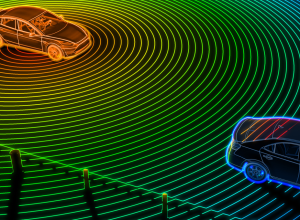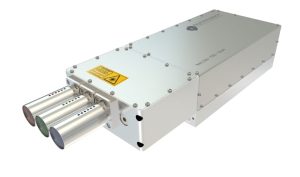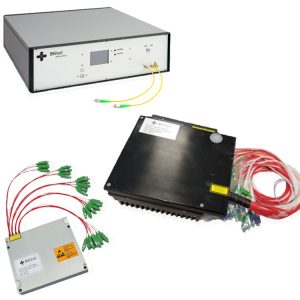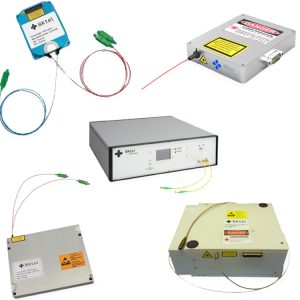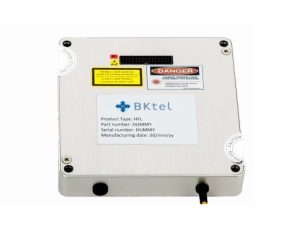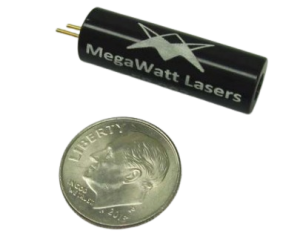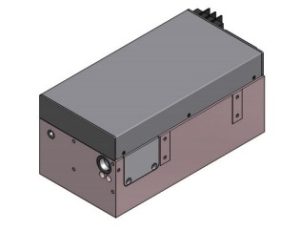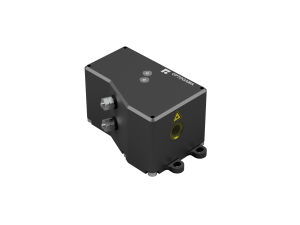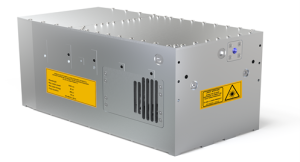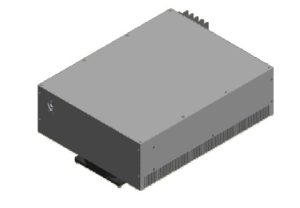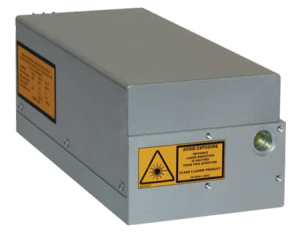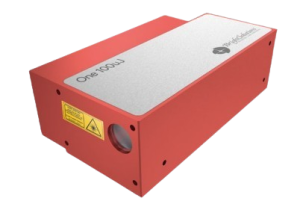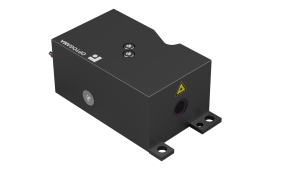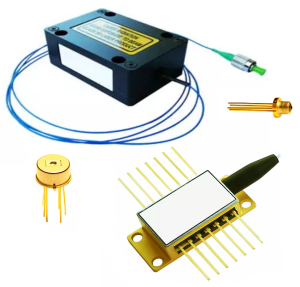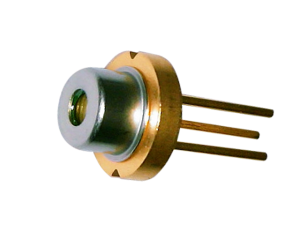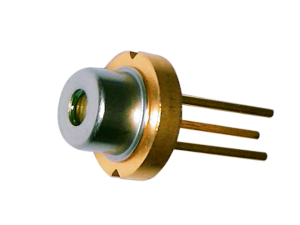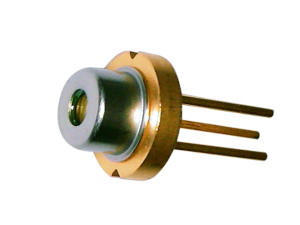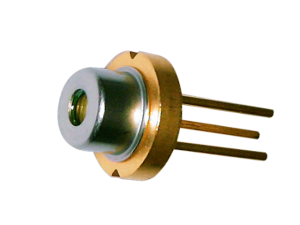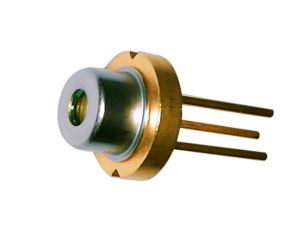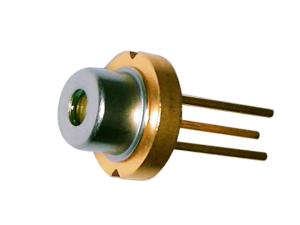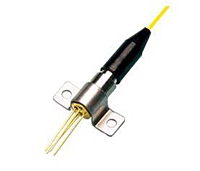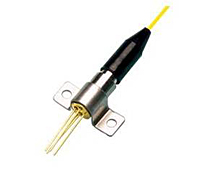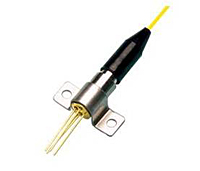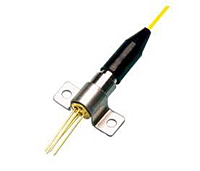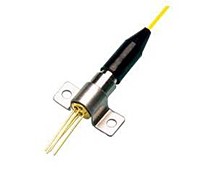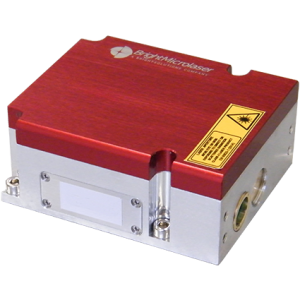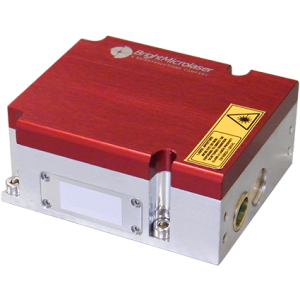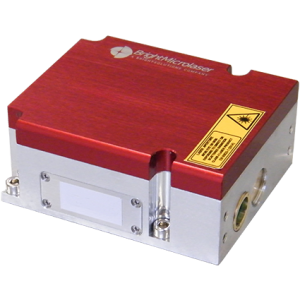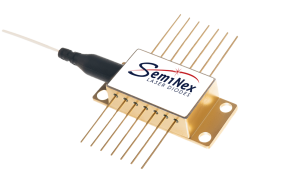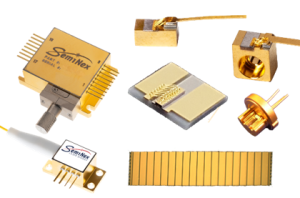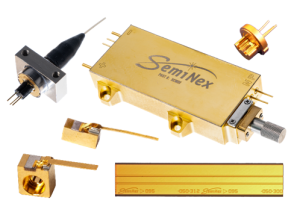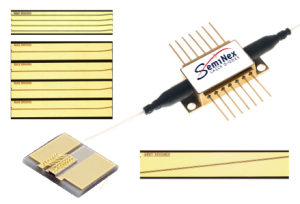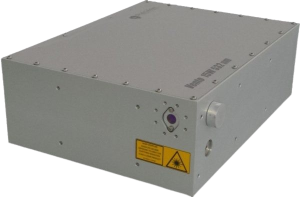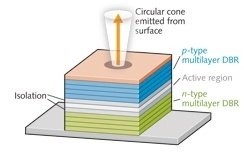Remote Sensing & Imaging Lasers:
High-Performance Lasers for Precision Data Collection in Diverse Environments
-
-
-
-
- High-Precision & Versatile Laser Options for Remote Sensing
-
-
-
-
-
-
-
- Application-Specific Features for Accurate Sensing & Imaging
-
-
-
-
-
-
-
- Robust, Reliable, Customizable Platforms for Harsh Environments
-
-
-
Why Choose a Remote Sensing Laser?
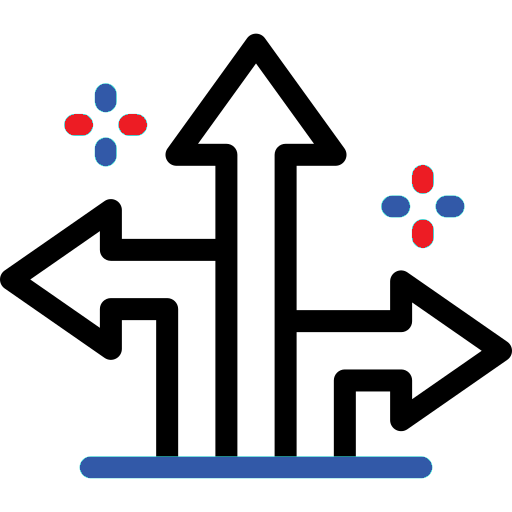
High-Precision & Versatile Laser Options for Remote Sensing
-
- Broad wavelength range: UV to SWIR for diverse environmental conditions & applications
- High peak power pulsed configurations for extended-range detection & precision mapping
- Available in single- & multimode, fiber-coupled & free-space formats for optimal flexibility
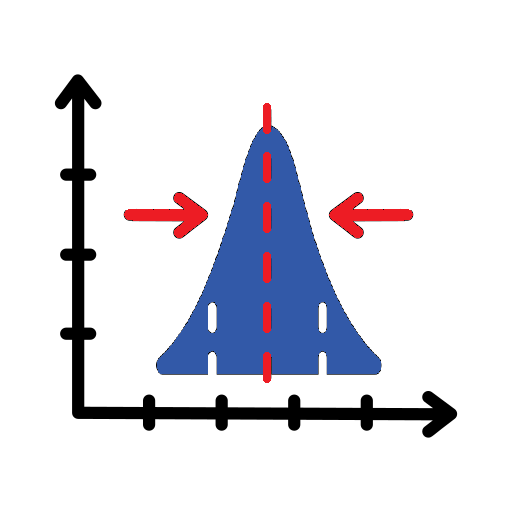
Application-Specific Features for Accurate Sensing & Imaging
-
- Adjustable pulse width and rep rates for LIDAR, bathymetry, and 3D scanning applications
- “Eye-safe” 1.5 µm options, ruggedized, Low SWaP designs for safe, tactical field operations
- Proven performance for airborne, portable & ground-based deployment for any application

Robust, Reliable, Customizable Platforms for Demanding Environments
-
- Ruggedized, mil-spec options with compact designs for resilience in harsh settings
- Customizable wavelengths, output powers & beam profiles tailored to mission requirements
- OEM modules to turnkey systems for seamless integration for complex sensing platforms
Over the last 30 years, RPMC has fielded thousands of remote sensing & imaging lasers, built to endure the toughest conditions, delivering reliable performance from the shop floor to outdoor environments. Designed to withstand humidity, heat, dust, and vibration, these lasers provide consistent output with low maintenance, ensuring your operations run smoothly. With a versatile range of power, energy, and wavelength options, our lasers can be tailored to meet the specific demands of your application, from precision tasks to high-power throughput. We’re not just providing a product—we’re partnering with you to find the perfect solution and support you through every stage of your project, dedicated to helping you achieve long-term success.

 SHIPS TODAY
SHIPS TODAY 